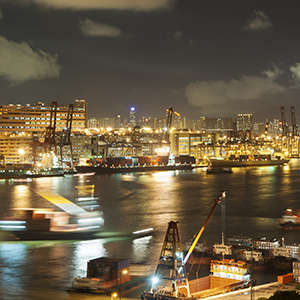
At the beginning of the year I, like almost everyone else on the planet, made a couple of resolutions. And like almost everyone else on the planet, I kept them for about a week. All but one that is. This year, as in years past I resolved to eat healthier, exercise and lose some a lot of weight. Three months in and overall I’m doing pretty well. I’ve changed a lot of what I put in my body; no more pop, no more fast food, a ton more fruits and vegetables. I joined a gym for the first time in my life and work out 4 – 5 times a week. Now, don’t get me wrong, not every week has been great. In fact, there have been a few times I have struggled and wanted to throw in the towel. And for a few days last month, I did. I’d lost a good amount of weight, was tired of eating “healthy” and perhaps mostly, tired of getting up a 5:00 am every morning to go to the gym. So, for about 4 days in a row I slept in, stopped counting my calories and just let it go. Then on day 5, out of curiosity, I stepped on the scale. Ouch! It is amazing how much can happen in such a short amount of time when you stop paying attention and do not notice the changes occurring in your process or routine – how one piece of cheesecake, if not served in a controlled portion, can throw everything out of whack.
 The long discussed, debated, and awaited China-Australia Free Trade Agreement (ChAFTA), which was first proposed in 1999 and since then has been in the works, was finally signed on June 17, 2015 in Canberra.
The long discussed, debated, and awaited China-Australia Free Trade Agreement (ChAFTA), which was first proposed in 1999 and since then has been in the works, was finally signed on June 17, 2015 in Canberra.



 As regional companies look to grow into multi-nationals in the never-ending search for new markets, an understanding of
As regional companies look to grow into multi-nationals in the never-ending search for new markets, an understanding of 
